Search the life sciences
Results tuned to biology
4Biology is a focused search engine built for biology students, researchers, educators, and lab managers. We combine multiple indexes, curated sources, and AI tools to surface publications, protocols, datasets, suppliers, and learning resources that matter to life scientists. Use the site to save time, find specialized resources, and get context-specific search results not optimized for general web traffic. Part of the 4SEARCH network of topic specific search engines.
Revealing ME/CFS Genetics: Rare Variants Matter
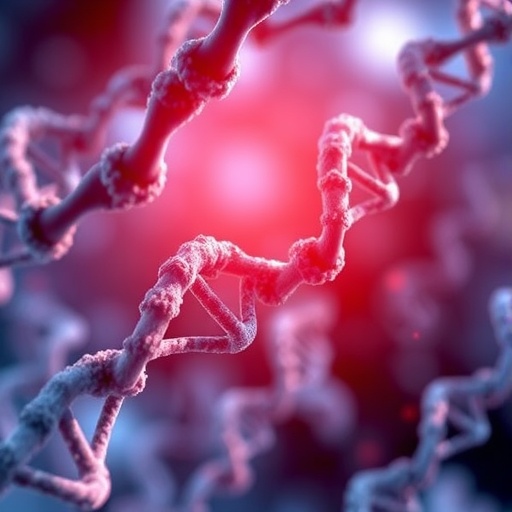 2+ hour, 52+ min ago (905+ words) Recent research conducted by a team of scientists, including Birch, Wilk, and Gajapathy, has achieved a groundbreaking advancement in understanding the genetic underpinnings of Myalgic Encephalomyelitis/Chronic Fatigue Syndrome (ME/CFS). This debilitating condition, characterized by extreme fatigue that cannot…...
2+ hour, 52+ min ago (905+ words) Recent research conducted by a team of scientists, including Birch, Wilk, and Gajapathy, has achieved a groundbreaking advancement in understanding the genetic underpinnings of Myalgic Encephalomyelitis/Chronic Fatigue Syndrome (ME/CFS). This debilitating condition, characterized by extreme fatigue that cannot…...
Unlocking Xiangyang Black Pig Genetics Through Resequencing
 14+ hour, 28+ min ago (196+ words) As this research is published and disseminated, it is anticipated to generate interest and dialogue among breeders, farmers, and geneticists alike, fostering a collaborative approach towards achieving sustainable agricultural practices. This study undoubtedly serves as an exemplary case of how…...
14+ hour, 28+ min ago (196+ words) As this research is published and disseminated, it is anticipated to generate interest and dialogue among breeders, farmers, and geneticists alike, fostering a collaborative approach towards achieving sustainable agricultural practices. This study undoubtedly serves as an exemplary case of how…...
Y-Linked Variation Drives Sexual Dimorphism in Bass
 19+ hour, 25+ min ago (243+ words) While the study's findings are robust, they also inevitably raise further inquiries into the role of external factors such as climate change and habitat destruction on genetic diversity within fish populations. Future investigations may well focus on understanding how such…...
19+ hour, 25+ min ago (243+ words) While the study's findings are robust, they also inevitably raise further inquiries into the role of external factors such as climate change and habitat destruction on genetic diversity within fish populations. Future investigations may well focus on understanding how such…...
Sulforaphane: Sources, Extraction, Bioactivity, and Bioavailability
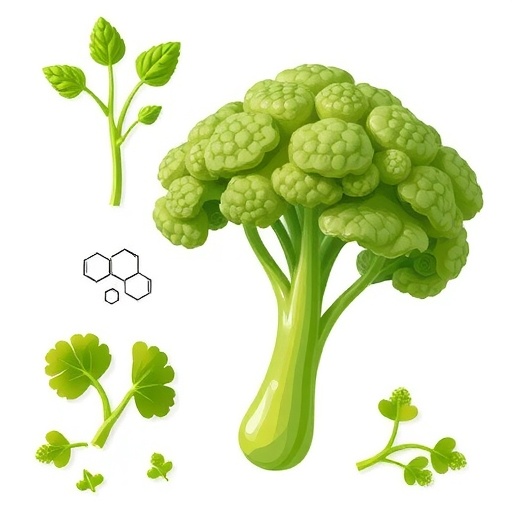 23+ hour, 38+ min ago (1029+ words) In an era where natural compounds are increasingly recognized for their health-promoting properties, sulforaphane has surged to the forefront as a particularly compelling subject of scientific inquiry. Sulforaphane, a sulfur-rich isothiocyanate, is predominantly found in cruciferous vegetables and has been…...
23+ hour, 38+ min ago (1029+ words) In an era where natural compounds are increasingly recognized for their health-promoting properties, sulforaphane has surged to the forefront as a particularly compelling subject of scientific inquiry. Sulforaphane, a sulfur-rich isothiocyanate, is predominantly found in cruciferous vegetables and has been…...
GATA1’s Role in Gonadal Development of Blood Clam
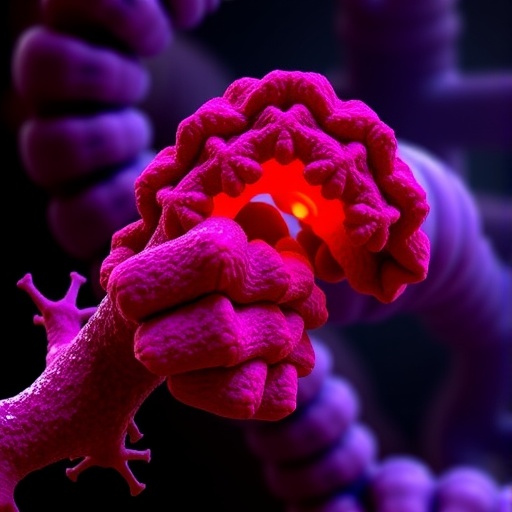 1+ day, 22+ min ago (882+ words) In the fascinating realm of marine biology, a recently published study sheds light on the intricate molecular mechanisms governing sexual development in the blood clam, Anadara granosa. Spearheaded by Xu, Y., Zhang, C., and Zhang, L., this groundbreaking research focuses on the characterization…...
1+ day, 22+ min ago (882+ words) In the fascinating realm of marine biology, a recently published study sheds light on the intricate molecular mechanisms governing sexual development in the blood clam, Anadara granosa. Spearheaded by Xu, Y., Zhang, C., and Zhang, L., this groundbreaking research focuses on the characterization…...
Biological Control of Root-Knot Nematodes by Purpureocillium
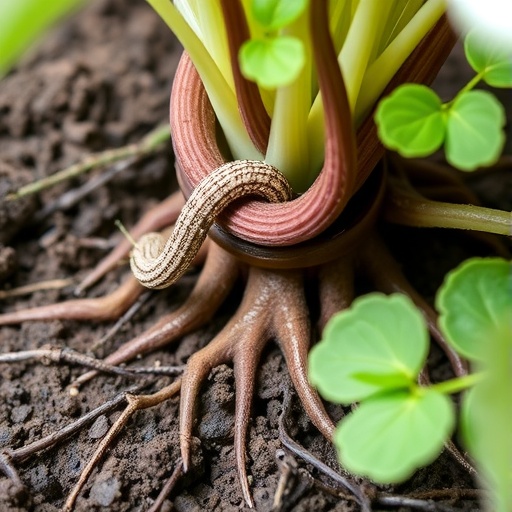 1+ day, 24+ min ago (881+ words) In recent years, the quest for sustainable agricultural practices has grown exponentially as the implications of traditional farming methods on the environment and food security continue to surface. One of the latest studies highlights the potential of an intriguing fungus,…...
1+ day, 24+ min ago (881+ words) In recent years, the quest for sustainable agricultural practices has grown exponentially as the implications of traditional farming methods on the environment and food security continue to surface. One of the latest studies highlights the potential of an intriguing fungus,…...
Retrotransposons and Life History Shape Anuran Genome Size
 1+ day, 10+ hour ago (1176+ words) In a groundbreaking study published in BMC Genomics, researchers led by A.O. Rubio, J.H. Neddermeyer, and A. James explore the intricate evolution of genome size in anurans, commonly known as frogs and toads. This compelling research highlights how relatively recent retrotransposon activity, coupled…...
1+ day, 10+ hour ago (1176+ words) In a groundbreaking study published in BMC Genomics, researchers led by A.O. Rubio, J.H. Neddermeyer, and A. James explore the intricate evolution of genome size in anurans, commonly known as frogs and toads. This compelling research highlights how relatively recent retrotransposon activity, coupled…...
NAC Directs Nascent Chains via Tunnel Sensing
 1+ day, 19+ hour ago (969+ words) In the intricate world of cellular biology, the precise orchestration of protein synthesis is vital for maintaining cellular health and function. This process, known as cotranslational proteostasis, ensures that proteins are correctly folded, targeted, and assembled as they emerge from…...
1+ day, 19+ hour ago (969+ words) In the intricate world of cellular biology, the precise orchestration of protein synthesis is vital for maintaining cellular health and function. This process, known as cotranslational proteostasis, ensures that proteins are correctly folded, targeted, and assembled as they emerge from…...
Standardizing Plasma Proteomics Across Platforms with OSPP
 1+ day, 19+ hour ago (604+ words) In a groundbreaking advancement poised to reshape the landscape of clinical proteomics, researchers Wang, Farztdinov, Sinn, and colleagues have unveiled the Charit" Open Standard for Plasma Proteomics (OSPP), a new cross-platform framework capable of harmonizing proteomic data acquisition and analysis…...
1+ day, 19+ hour ago (604+ words) In a groundbreaking advancement poised to reshape the landscape of clinical proteomics, researchers Wang, Farztdinov, Sinn, and colleagues have unveiled the Charit" Open Standard for Plasma Proteomics (OSPP), a new cross-platform framework capable of harmonizing proteomic data acquisition and analysis…...
Unraveling Sweet Orange’s Response to Boron Deficiency
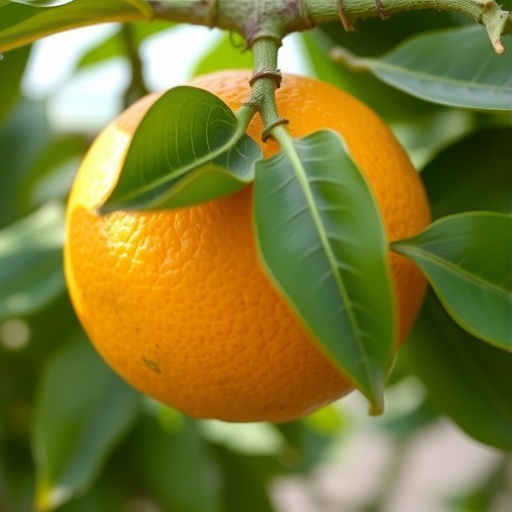 1+ day, 20+ hour ago (886+ words) In a groundbreaking study, researchers have delved into the complex interactions between transcription processes and metabolism in sweet orange plants, particularly under conditions of boron deficiency. Boron is an essential micronutrient for plants, playing a vital role in various physiological…...
1+ day, 20+ hour ago (886+ words) In a groundbreaking study, researchers have delved into the complex interactions between transcription processes and metabolism in sweet orange plants, particularly under conditions of boron deficiency. Boron is an essential micronutrient for plants, playing a vital role in various physiological…...